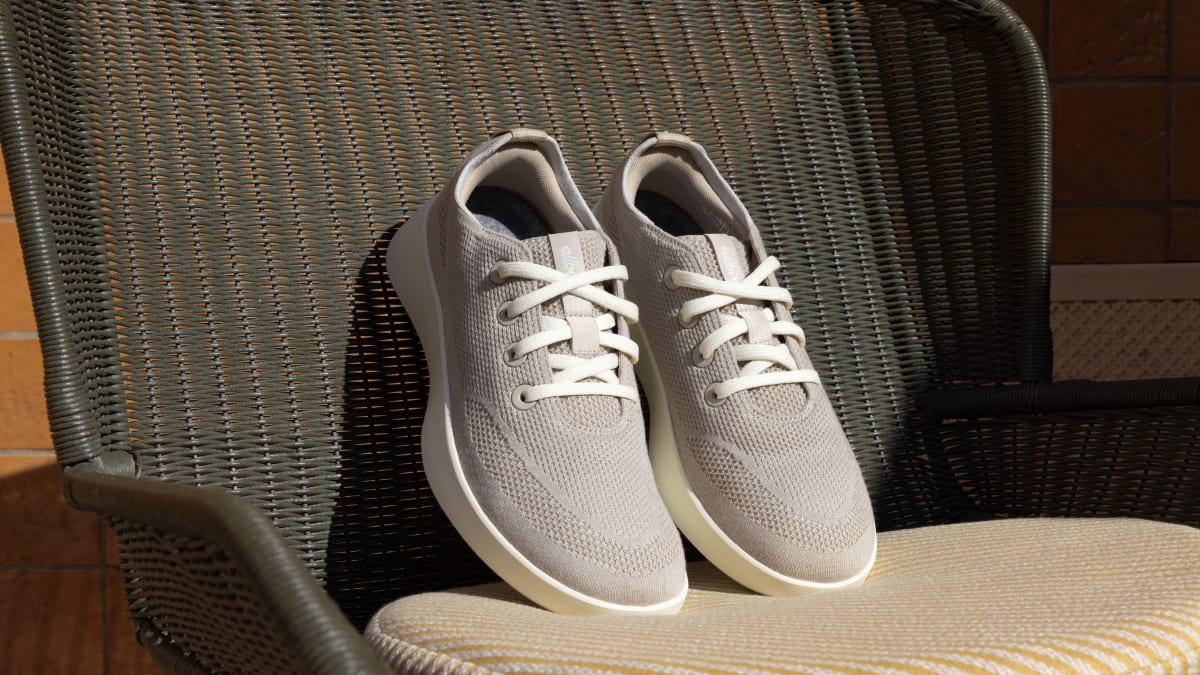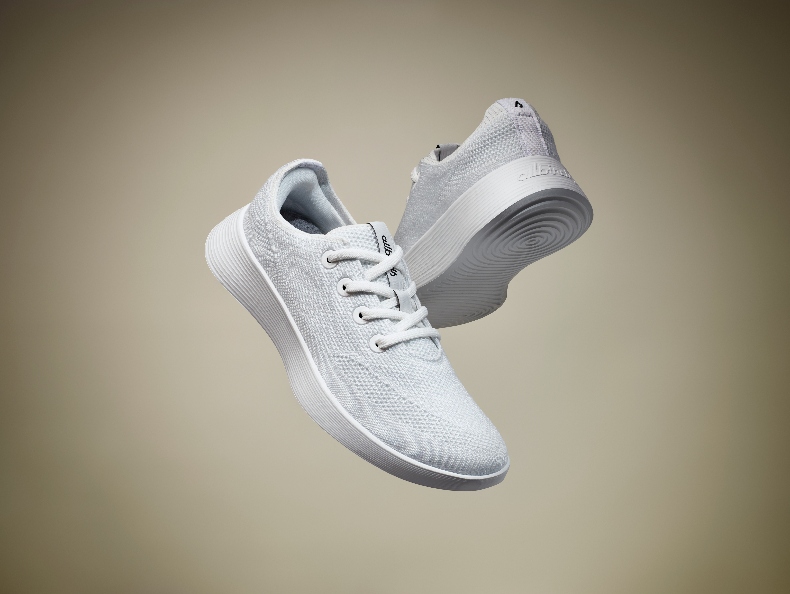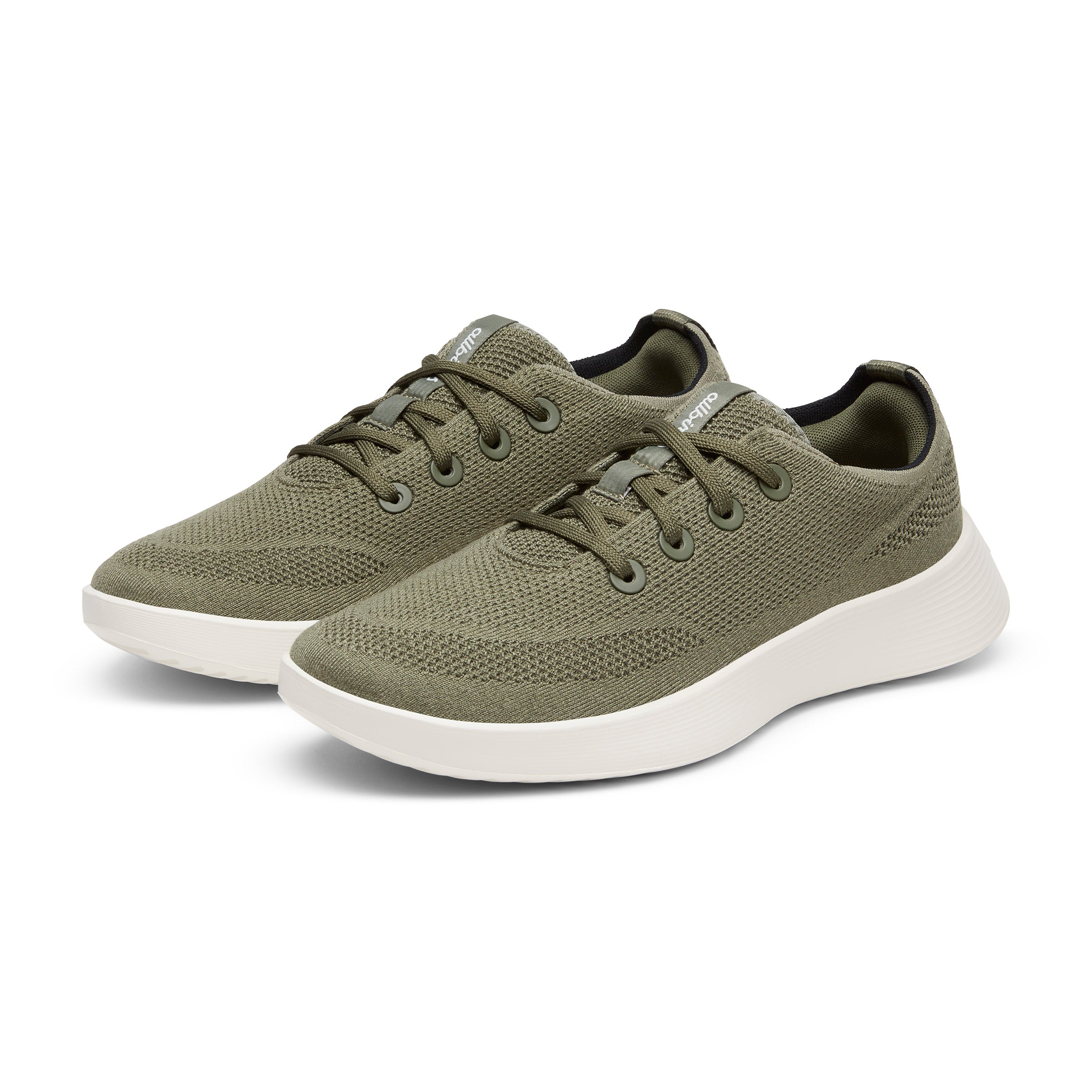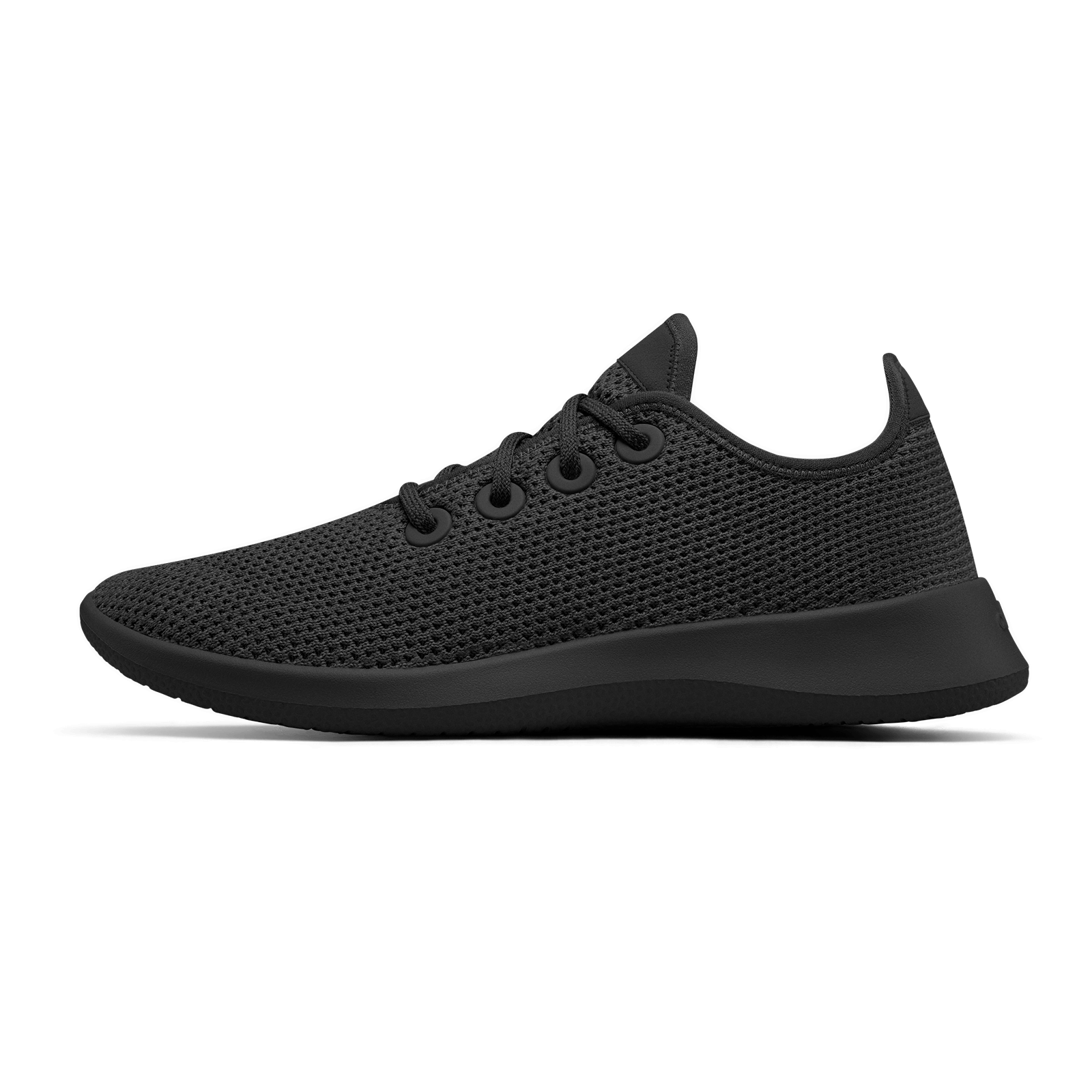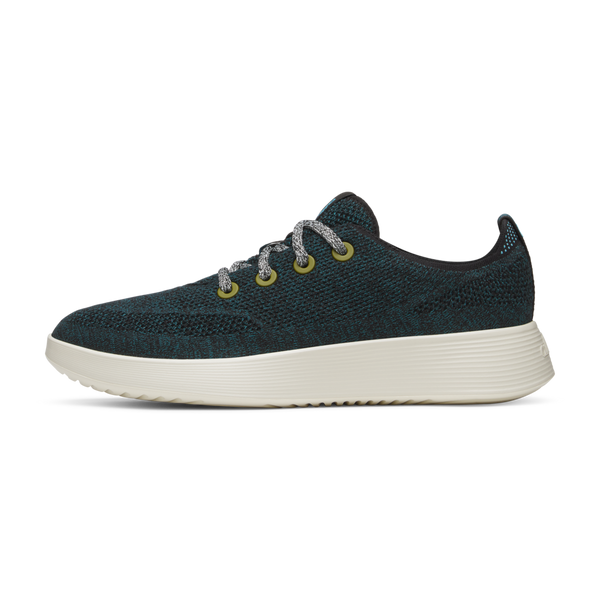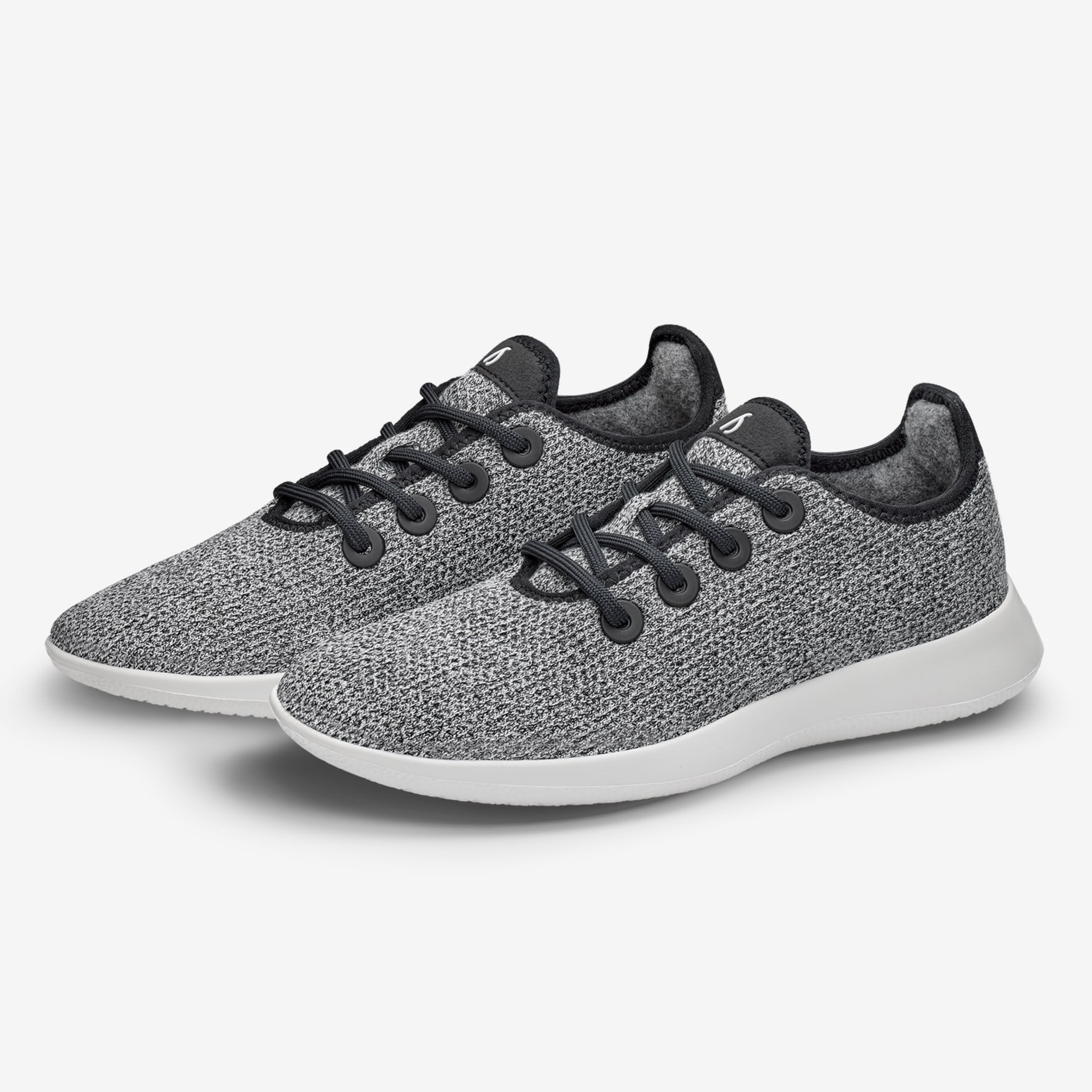Tree Runner Vs Tree Runner Go

The competitive world of tree climbing equipment witnessed a significant development with the emergence of Tree Runner Go, a product line challenging the established presence of Tree Runner. This evolution raises questions about innovation, market competition, and the implications for arborists and recreational tree climbers alike.
This article delves into the key differences between Tree Runner and Tree Runner Go, analyzing their features, target audiences, and potential impact on the industry. We will explore the motivations behind the introduction of a new product line and assess its competitiveness in a market demanding safety, performance, and value.
The Arrival of Tree Runner Go
Tree Runner Go entered the market as a new line from the same manufacturer as Tree Runner, aiming to provide a different option for tree climbers. This expansion represents a strategic move to cater to a broader spectrum of users with varying needs and budgets.
Key differences between the two lines lie primarily in the materials used, the complexity of the designs, and the intended user base. While both emphasize safety and functionality, Tree Runner Go often targets entry-level or recreational climbers with more affordable options.
Key Distinctions in Product Design and Features
Tree Runner generally features higher-end materials and more intricate designs, intended for professional arborists who require durable and reliable equipment for demanding tasks. The product line includes a wide array of harnesses, ropes, hardware, and accessories built to withstand heavy use and harsh conditions.
Tree Runner Go, on the other hand, emphasizes simplicity and affordability. It often utilizes lighter materials and streamlined designs, making it accessible to beginners or those seeking less specialized gear.
For example, consider the differences in harnesses. Tree Runner harnesses may incorporate advanced features like multiple gear loops, adjustable leg loops, and padded waist belts for extended comfort. Tree Runner Go harnesses, while still prioritizing safety, might feature fewer adjustment points and simpler padding to reduce cost.
Target Audience and Market Positioning
Professional arborists, who rely on their equipment daily for their livelihood, are the core audience for Tree Runner. They prioritize durability, performance, and advanced features that enhance their efficiency and safety in the trees.
Tree Runner Go is geared towards a broader audience, including recreational tree climbers, hobbyists, and individuals participating in tree climbing courses or events. The lower price point makes it an attractive option for those starting out or who don't require the same level of robustness as professionals.
This strategic segmentation allows the manufacturer to capture a larger share of the tree climbing market by offering products that cater to different needs and budgets.
Impact on the Tree Climbing Industry
The introduction of Tree Runner Go can be seen as a positive development for the tree climbing community. It expands access to quality tree climbing equipment, making the sport more inclusive and affordable.
Increased competition can also drive innovation and improvement in both product lines. Manufacturers are incentivized to enhance their products' features, durability, and affordability to attract and retain customers.
However, the proliferation of options can also create confusion for consumers. It becomes crucial for climbers, especially beginners, to carefully research and understand the specific features and limitations of each product before making a purchase.
Safety Considerations
Regardless of whether choosing Tree Runner or Tree Runner Go, safety remains paramount. It's vital for all climbers to receive proper training, thoroughly inspect their equipment before each use, and adhere to established safety guidelines.
The lower price point of Tree Runner Go should not be interpreted as a compromise on safety. Both product lines are designed to meet industry standards for strength and reliability.
However, users should be aware of the intended use case for each product and avoid exceeding its limitations. Using recreational equipment for demanding professional tasks could compromise safety and lead to equipment failure.
A Human Perspective
"I started with Tree Runner Go when I was first learning to climb," says Sarah Miller, a recreational tree climber and instructor. "It allowed me to get into the sport without breaking the bank. Now that I'm more experienced, I've upgraded to some Tree Runner gear for more demanding climbs."
This sentiment highlights the value of Tree Runner Go as an entry point for aspiring climbers. It provides an accessible pathway to develop skills and experience before investing in more specialized equipment.
Conclusion
The emergence of Tree Runner Go alongside the established Tree Runner line represents a strategic move to cater to a broader spectrum of tree climbers. This expansion can benefit the industry by increasing accessibility and driving innovation.
Ultimately, the choice between Tree Runner and Tree Runner Go depends on the individual climber's needs, experience level, and budget. Careful consideration of these factors, combined with proper training and adherence to safety guidelines, will ensure a safe and enjoyable tree climbing experience.
As the tree climbing market continues to evolve, it will be interesting to observe how these two product lines adapt and compete to meet the changing demands of climbers worldwide. The future of tree climbing equipment promises to be one of continued innovation and refinement, ultimately benefiting climbers of all levels.
